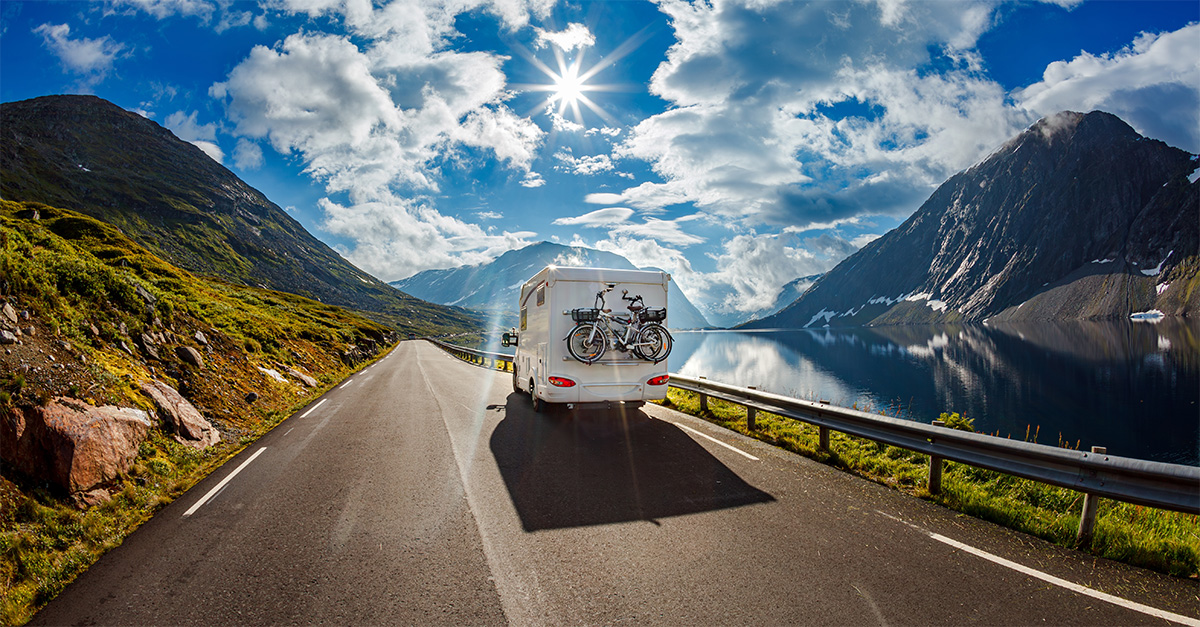With mountains, valleys, canyons and a glacier-filled coastline, Canada’s British Columbia region is the place to send clients who want a bit of fresh air. Will Gray reports
When you think of Canada’s British Columbia region, you think of mountains. With resorts such as Whistler and Sun Peaks on the doorstep it’s hard not to.
But British Columbia is a vast province that offers far more. Vancouver and Victoria serve as gateways to the rugged wilderness. A massive 75% of the province is mountainous and with 16,780 miles of glacier-filled coastline, the potential for cruising is huge.
If you’re stuck for ideas, read on.
What to see
Vancouver makes a great starting point. One of its highlights is Granville Island, with a market, microbrewery, buskers and street theatre. It can be reached by ferry from False Creek.
The UBC Museum of Anthropology is home to an excellent collection of totem poles and carvings, while the Aquarium Marine Science Centre and the H R Macmillan Space Centre offer interesting stop-offs on a walk around Stanley Park.
Traditional architecture around Gastown provides a reminder of the city’s past, while Robson Street offers fashion and restaurants. Grouse Mountain offers great views and the Capilano Suspension Bridge spans a 70 metre-deep canyon.
Across the water is Vancouver Island and the provincial capital, Victoria, where you can enjoy views from Beacon Hill, explore the Parliament buildings and see native art in Thunderbird Park.
The jewel in BC’s crown is the Kootenay Rockies, which offer scenic views of rivers, canyons, waterfalls and mountains. Highlights include Mount Robson and Wells Gray Provincial Parks, the Albreda Icefields, the steep-sided Fraser Canyon and Little Hell’s Gate Canyon, with Kamloops set on the rail route through the mountains.
What to do
This province comes into its own when you head out of town, with activities ranging from wine tasting and golf in the Okanagan Valley to outdoor activities in the Kootenay Rockies.
There are more than 30 ski resorts – including Whistler, venue for the 2010 Winter Olympics – more than 2,000 miles of hiking trails and various adrenalin-fuelled sports.
A ferry from Vancouver to Vancouver Island takes you through the Gulf Islands National Park, where 13.5 sq miles of islands, deserted islets and reefs offer the chance to get involved with artisan culture.
Two of the islands, Saturna and Salt Spring, along with the Cowichan Valley, are expanding wine destinations and an alternative to the Okanagan Valley. While in Victoria, don’t miss out on a whale watching trip in the Strait of Georgia or a seaplane flight.
Take a cruise up the Inside Passage, a trip past fjords and tidal glaciers, which ends in Prince Rupert or Alaska. The Cariboo Chilcotin Coast is great for fishing and kayaking on the ocean or in lakes and rivers, with the Bowron Lake Provincial Park Canoe Circuit a popular destination.
Inland, the Rocky Mountaineer is a great train ride through the Kootenay Rockies, which offer skiing, snowboarding and hot springs in winter and, in the summer, trekking to see eagles, elk, coyotes, moose, cougar and bears.
Where to stay
High-quality hotels go hand in hand with country camping in this province and there is a range of options to suit all tastes. You don’t have to rough it if you go remote as there are some stunning places beyond developed infrastructure.
One of Vancouver’s most popular hotels is the Fairmont Waterfront, set on Coal Harbour, with panoramic views and a rooftop pool. The Westin Bayshore, near Stanley Park, is good for families, while the Best Western Hotel and Sandman Hotel are good for those on a budget.
Newcomers are the 77-room boutique Loden Hotel, open this month, with L’Hermitage following soon, and the 119-room Shangri-La Vancouver opening in 2009.
In Victoria, the chateau-style Fairmont Empress is the top place to stay while the Delta Victoria Pointe is on the Inner Harbour and Long Beach Lodge is good for Vancouver Island’s west coast.
Whistler has many options including the Pan Pacific Whistler Mountainside and the exclusive Four Seasons, while the Nita Lake Lodge is a boutique option.
Lake Okanagan Resort and the Outback Resort Vernon are on the shores of Okanagan Lake, while the Coast Prince Rupert is an option after an Inside Passage cruise and the Sandman and the Comfort Inn are good for Kamloops.
Sample product
Travel 4 offers a nine-day Whales, Bears and Vancouver Island self-drive, taking in Vancouver Island, Tofino, Campbell River and Vancouver, for £1,811 in May, with flights, accommodation, car hire, whale-watching trips and meals.
Collette Worldwide offers an 11-day Canadian Rockies by Rail trip with two days crossing the Rockies on the Rocky Mountaineer train and a trip to Vancouver Island, for £2,264 in May, with flights, transfers and accommodation.
British Columbia: travel fact file
Gateways: Vancouver
Airlines: Air Canada, United, American, British Airways
Flying time: Direct flights take about 10.5 hours, those via Calgary, Toronto or Chicago take up to six hours longer.
Tour operators: Try long-haul specialists such as Travel 2/4, Kuoni, Gold Medal, All Canada and 1st Class Holidays.
Weather: The coastal region, including Vancouver and Victoria, has warm summers and mild, wet winters. Central and northern BC have hot, dry summers and cold, snowy winters. The mountainous environment means there are eight regional microclimates across BC so weather can vary.
Time difference: GMT -8 hours




